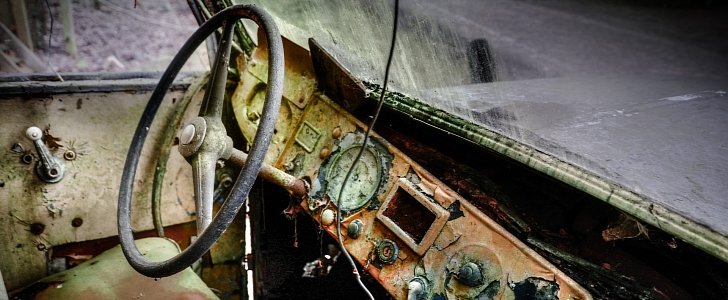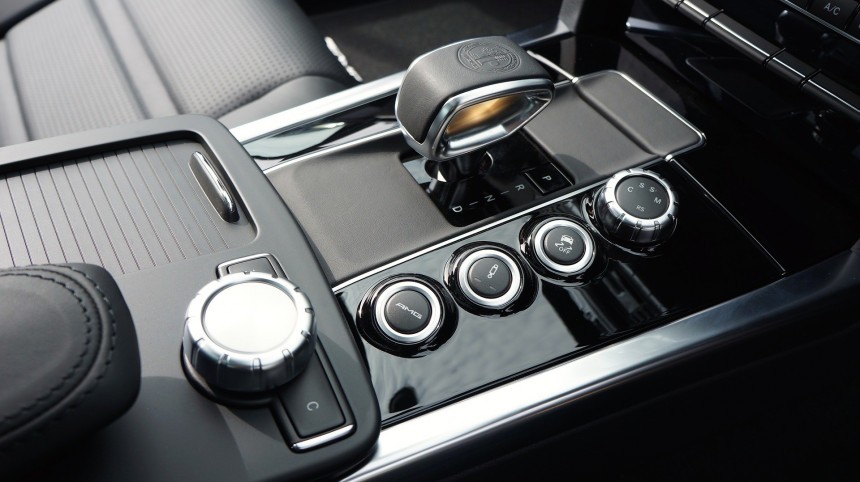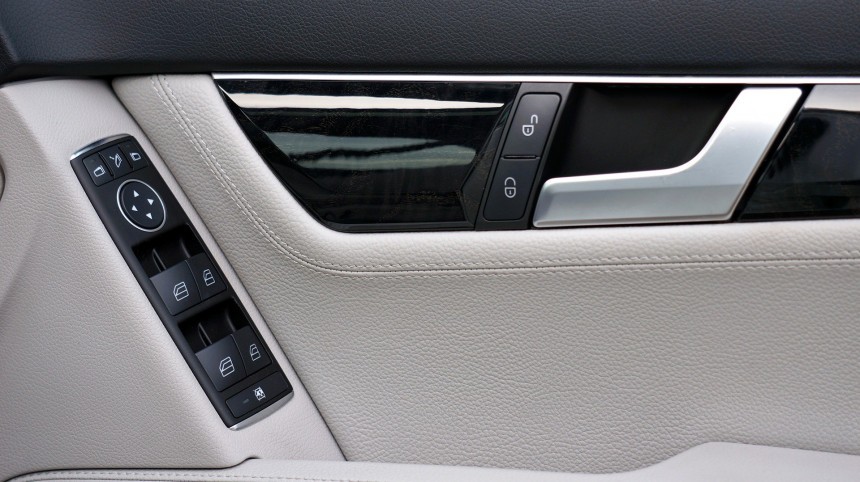Toilet seats seem to be a benchmark to compare against when it comes to just how bacteria-ridden certain parts of your car are. And it’s actually pretty good to compare against it given that it is definitely perceived as dirty and unsanitary, whereas, say, your car seats, the steering wheel or the button you use to release the seat belt are perceived as cleaner than a toilet seat, right?
But are they really? Well, no. Not by a long shot. Sure, this varies from country to country (mainly due to differences in climate, or, in other words, the hotter and wetter it is, the easier it is for germs to multiply) and one U.S.-based study actually ranks which areas inside your car dirtier than others. Trust me, you won’t look at your car interior the same once you’re through reading this piece.
The thing about the humble aforementioned toilet seat is that you are aware it can get dirty, so you give it a good scrub with plenty of bug-killing chemicals quite regularly, while the inside of your car sees far-far less cleaning action. The study rates which areas are the filthiest, as well as which type of car and which type of driver makes things even worse.
Findings say that the single dirtiest thing in your car is the radio knob. This doesn’t surprise us, given the fact that these little rotary controls are used very often and are quite difficult to clean (especially those that have a rubberized, non-slip finish).
The next filthiest interior bit on the list is the seat belt. This, again, makes a lot of sense because you touch it at least twice, every time you go for a drive. It is followed by the controls for the electric windows, the steering wheel which (which we dedicated an entire article to), the upholstery on the seats, the change holder (on cars that have it), then cup holders and finally the dashboard.
As you may have noticed, the parts of the interior higher up on the list are those most frequently touched, so it’s no wonder the dashboard comes last on the list. Some germs were still found on the dash itself, but nowhere near as many as in the places that are regularly prodded by greasy fingers.
The study also checked for mold. The order of the list of places where mold was found almost perfectly mirrors the one for bacteria, although the radio volume knob drops into the fourth position and the top spot is taken over by the seat belt, while next up is the door handle (that strangely didn’t make the bacteria list).
The information the study provides goes even more in-depth. It found that when it came to vehicle types, vans had the most bacteria inside, followed by SUVs and then cars, as well as the fact that married people have dirtier cars than singles. It also revealed that women’s cars are dirtier than men’s and that cars that regularly ferry children around have even more bacteria and mold compared to those that don’t.
What’s somewhat disconcerting about all of this is that leaving germs and having mold spores in your car is an inextricable fact of life. No matter how good a job you do of hitting all of the problem spots mentioned above, the fact of the matter is you will never fully eliminate them - and even if, by some miracle you somehow managed to wipe all of them out, they’d eventually reinstate themselves through the simple act of people being in the car.
Another completely different study that looked for the same basic problem areas, but focused more on just how dirty ride sharing and rental cars are. Right off the bat, you need to know that rideshares are on average about three times more full of germs and nasty stuff compared to rentals, which in turn are some eight times more germ-packed than the average taxi.
Interestingly, this study found the seat belt of rental cars to be considerably less germy than the steering wheel or the shifter knob. However, in the case of ride-sharing cars, the seat belt had far more germs on it than it did in the rental (about the same number of colony-forming units as the rental’s steering wheel and shifter) - but the biggest bacteria and fungus magnet in rideshares is actually the panel that holds the window buttons - it has five times more germs than the already disgusting seat belt.
The study points out that, by comparison, taxis are quite clean. Sure, they were not squeaky clean, but with much lower numbers of bacteria colonies and other nasty stuff than either ride-shares or rental cars. In fact, according to this set of charts, your average Uber or Lyft packs 35,000 times more germs than the average taxi - that’s a pretty serious difference if we’ve ever seen one.
The thing about the humble aforementioned toilet seat is that you are aware it can get dirty, so you give it a good scrub with plenty of bug-killing chemicals quite regularly, while the inside of your car sees far-far less cleaning action. The study rates which areas are the filthiest, as well as which type of car and which type of driver makes things even worse.
Findings say that the single dirtiest thing in your car is the radio knob. This doesn’t surprise us, given the fact that these little rotary controls are used very often and are quite difficult to clean (especially those that have a rubberized, non-slip finish).
The next filthiest interior bit on the list is the seat belt. This, again, makes a lot of sense because you touch it at least twice, every time you go for a drive. It is followed by the controls for the electric windows, the steering wheel which (which we dedicated an entire article to), the upholstery on the seats, the change holder (on cars that have it), then cup holders and finally the dashboard.
The study also checked for mold. The order of the list of places where mold was found almost perfectly mirrors the one for bacteria, although the radio volume knob drops into the fourth position and the top spot is taken over by the seat belt, while next up is the door handle (that strangely didn’t make the bacteria list).
The information the study provides goes even more in-depth. It found that when it came to vehicle types, vans had the most bacteria inside, followed by SUVs and then cars, as well as the fact that married people have dirtier cars than singles. It also revealed that women’s cars are dirtier than men’s and that cars that regularly ferry children around have even more bacteria and mold compared to those that don’t.
What’s somewhat disconcerting about all of this is that leaving germs and having mold spores in your car is an inextricable fact of life. No matter how good a job you do of hitting all of the problem spots mentioned above, the fact of the matter is you will never fully eliminate them - and even if, by some miracle you somehow managed to wipe all of them out, they’d eventually reinstate themselves through the simple act of people being in the car.
Interestingly, this study found the seat belt of rental cars to be considerably less germy than the steering wheel or the shifter knob. However, in the case of ride-sharing cars, the seat belt had far more germs on it than it did in the rental (about the same number of colony-forming units as the rental’s steering wheel and shifter) - but the biggest bacteria and fungus magnet in rideshares is actually the panel that holds the window buttons - it has five times more germs than the already disgusting seat belt.
The study points out that, by comparison, taxis are quite clean. Sure, they were not squeaky clean, but with much lower numbers of bacteria colonies and other nasty stuff than either ride-shares or rental cars. In fact, according to this set of charts, your average Uber or Lyft packs 35,000 times more germs than the average taxi - that’s a pretty serious difference if we’ve ever seen one.






